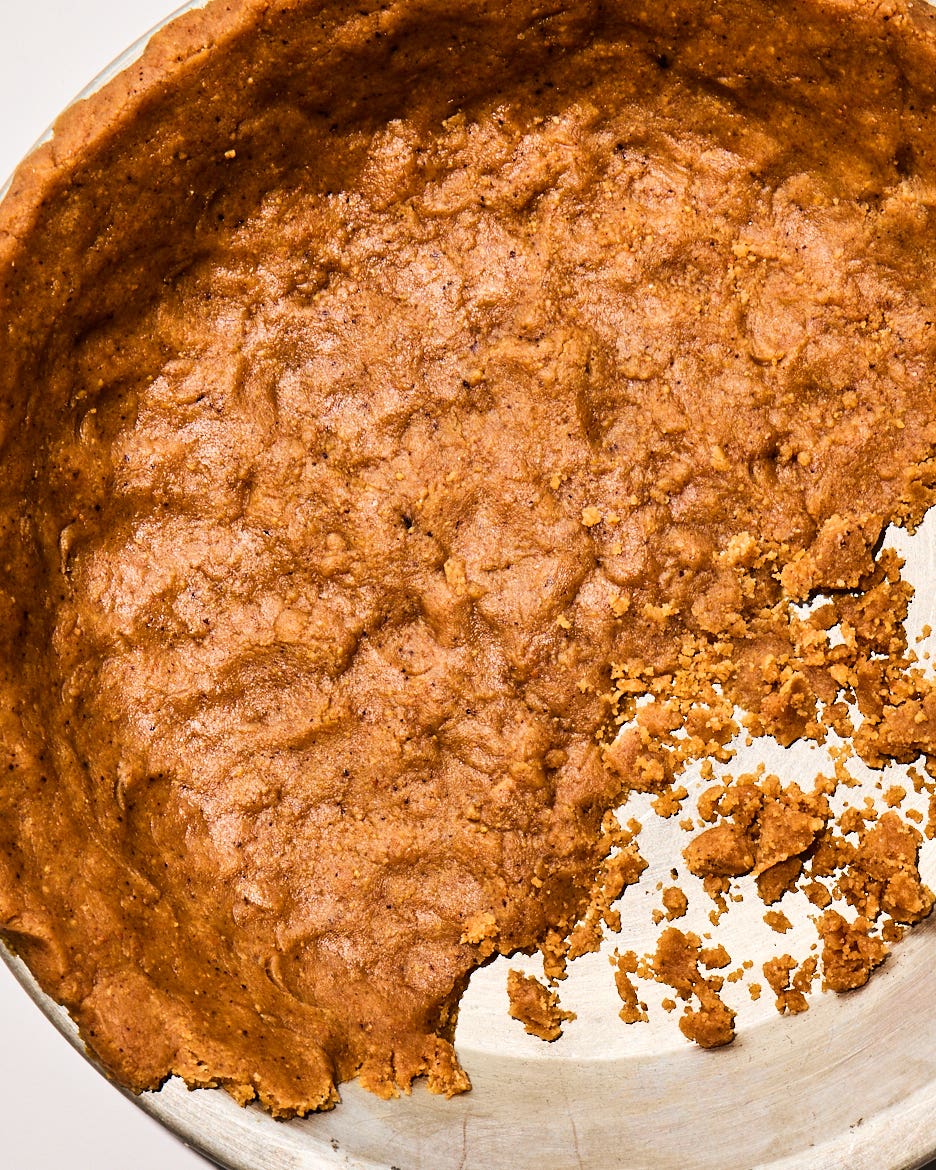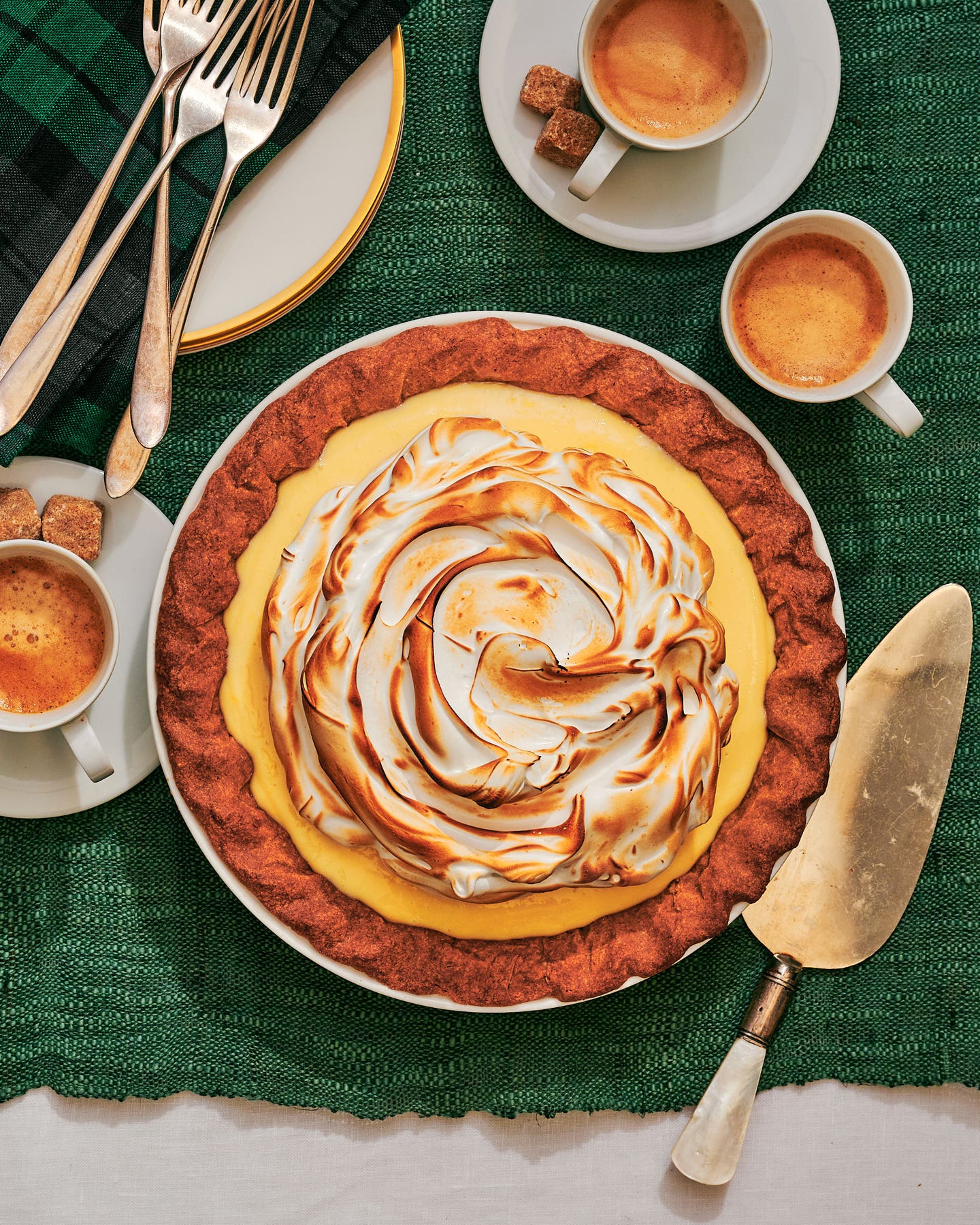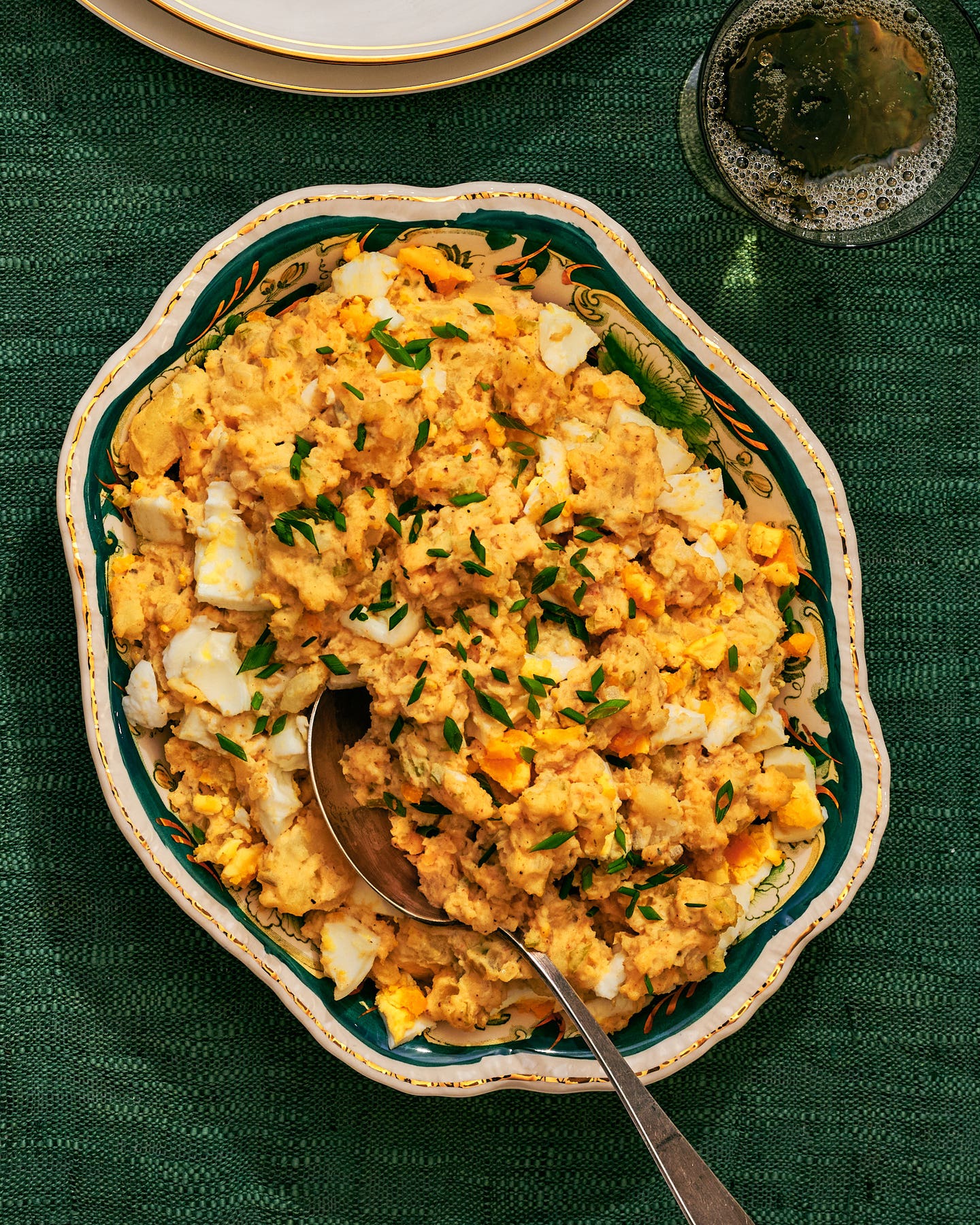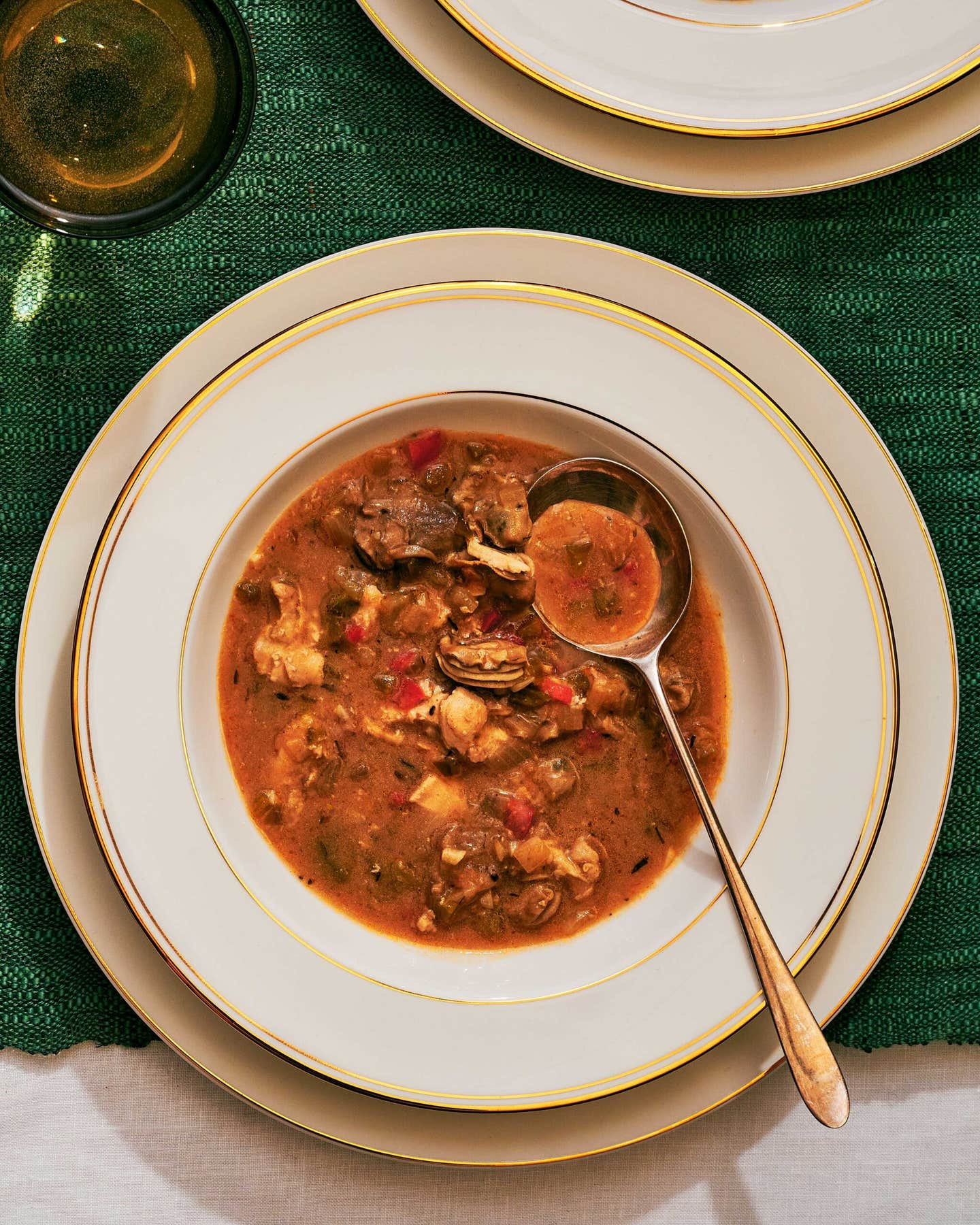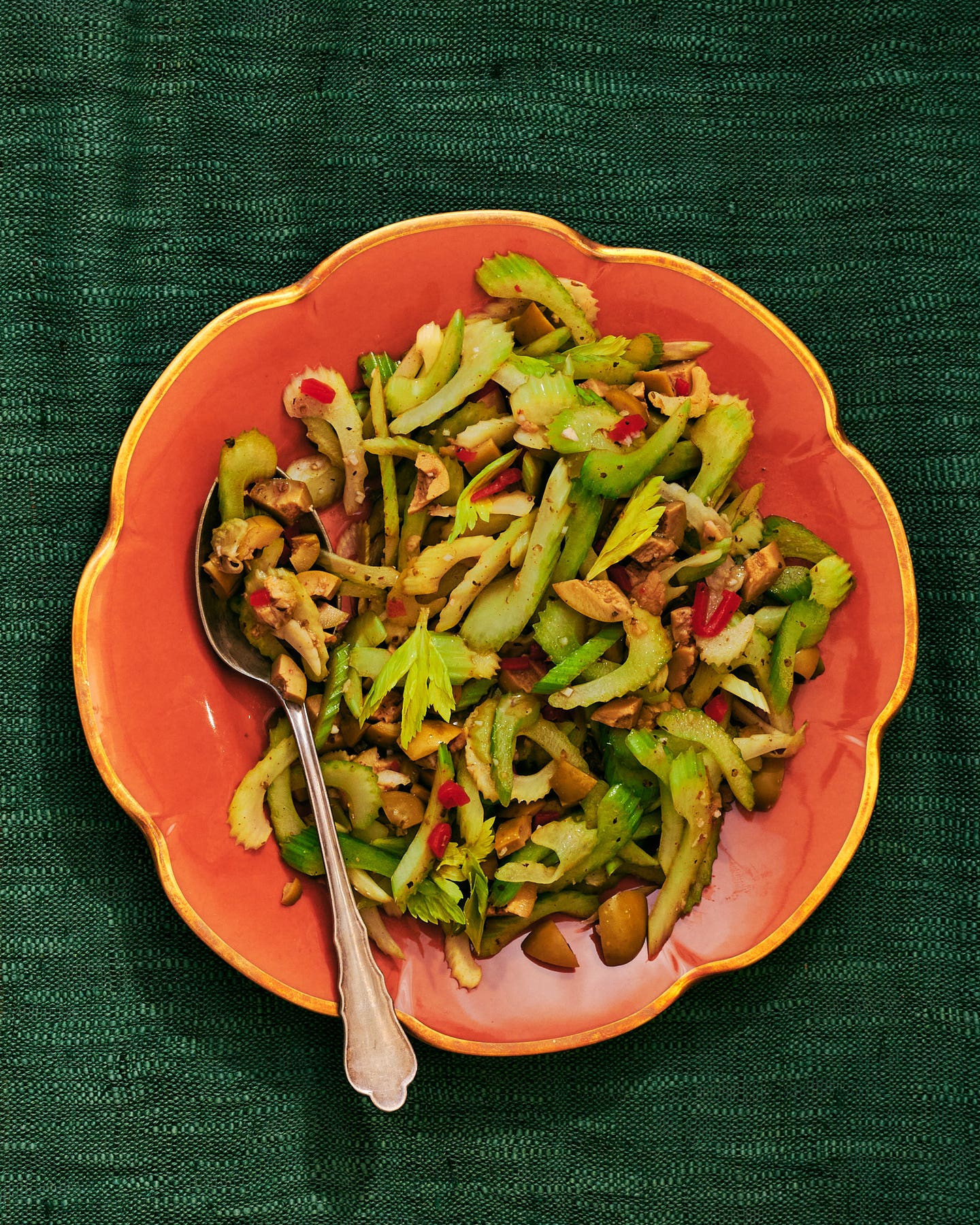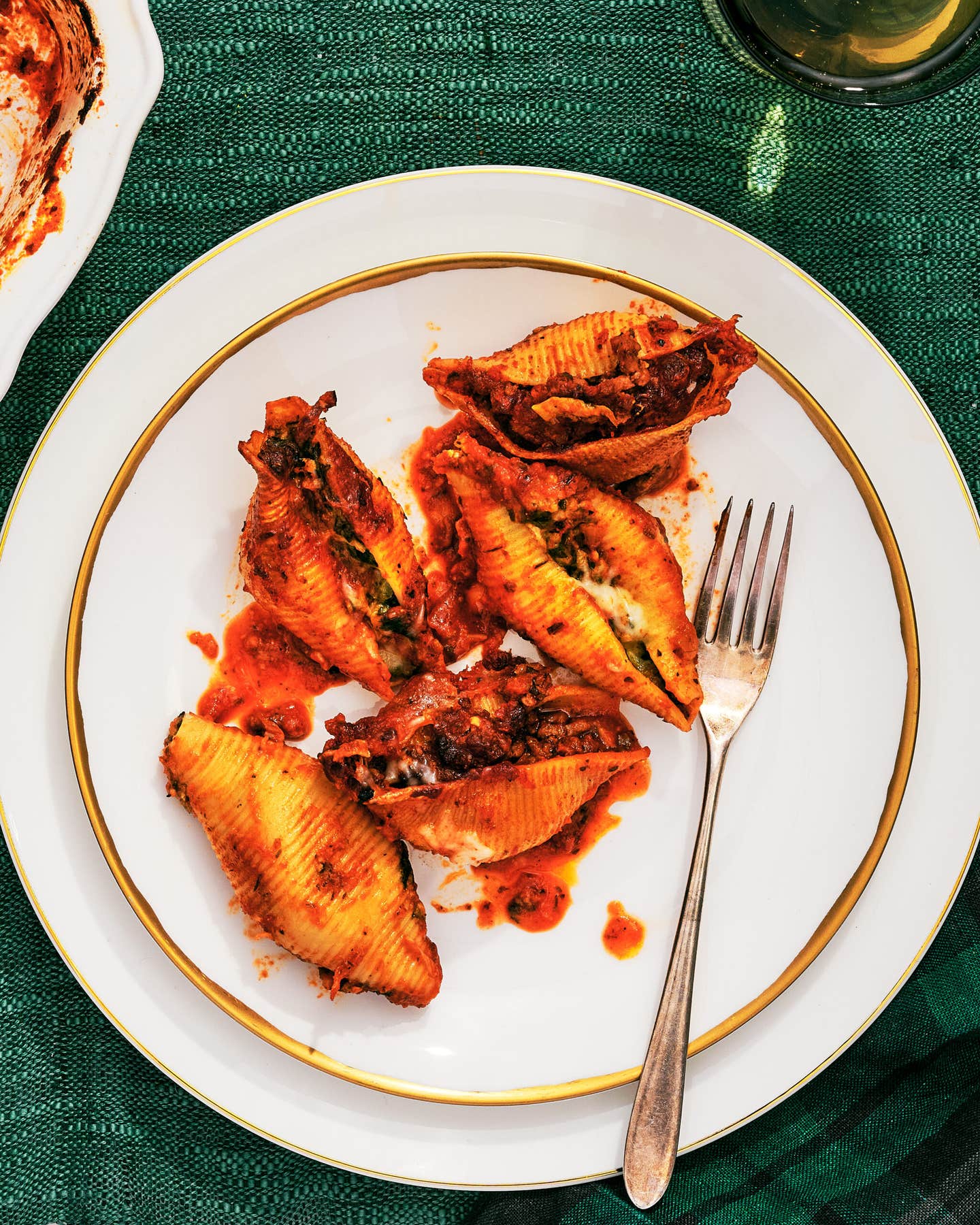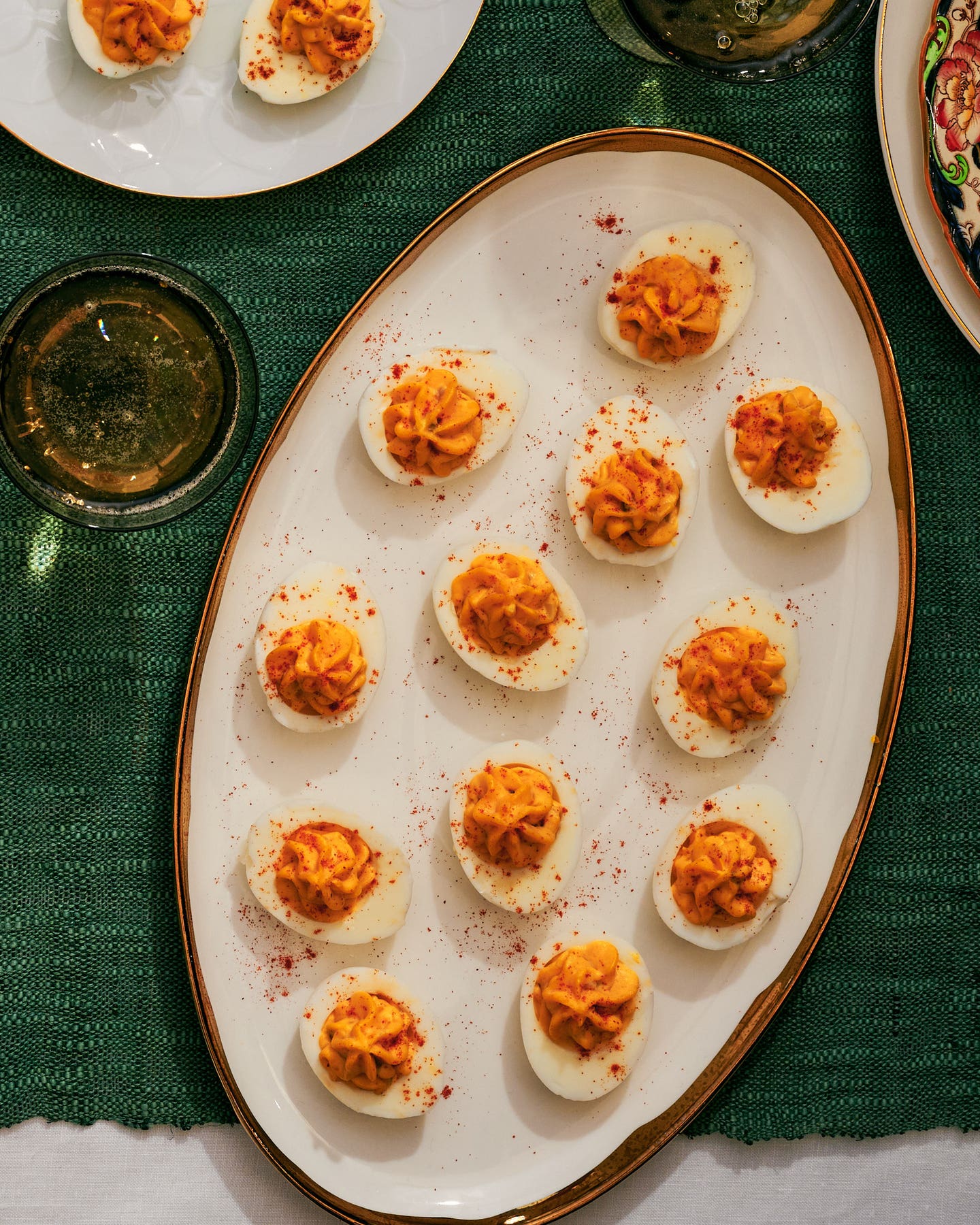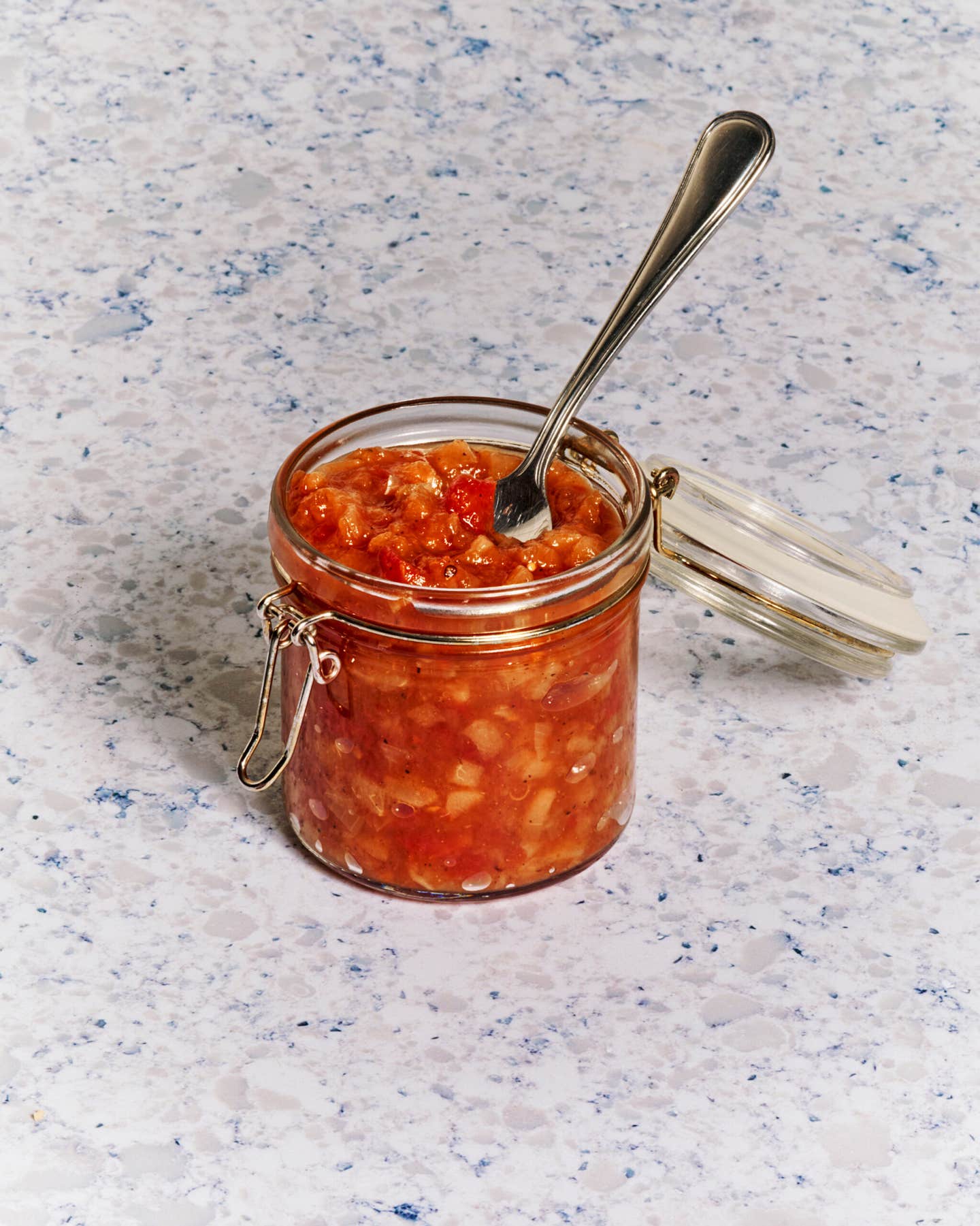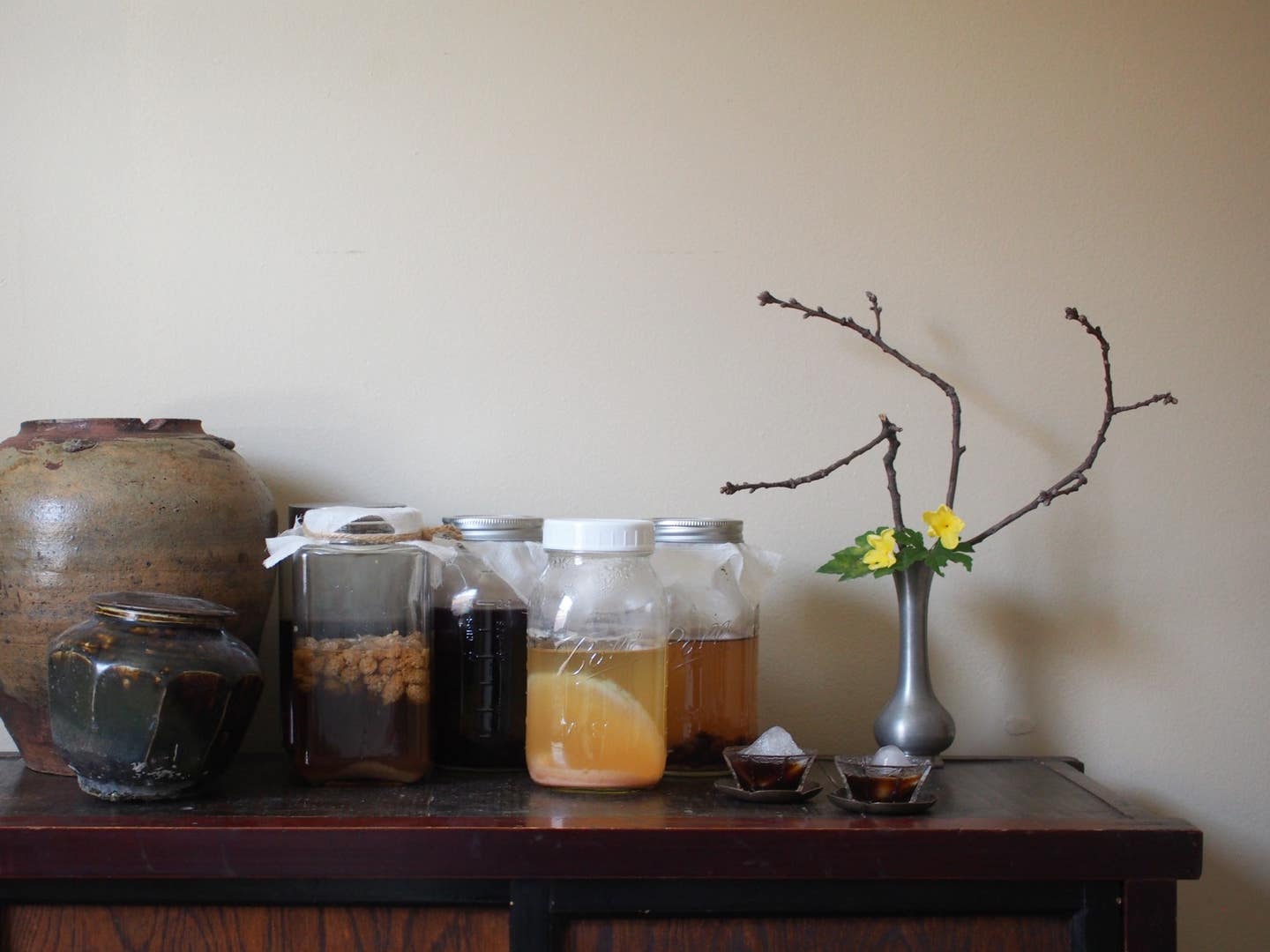
Finding Vigor in Taiwanese-Style Aged Vinegar
An acetic nomad’s first brush with the sour and the profane—and how you can embrace it too.
The early evening was still and silent in Taichung, Taiwan, save for the sounds of clinking glassware in a small corner of the old house. I’m a bit of a wanderer and also a tea teacher. A year earlier, my search for antique teas had led me to the studio of Yanggu, a quiet master of kintsugi and metal staple repair who happened to share my love of the beverage. Now, on the first night of my subsequent whirlwind apprenticeship in the repair arts, I found myself stuffed and bloated after dinner at my new master’s home. I complained: I was too full to even think about sleep.
Mr. Cai, Yanggu’s spirited old patron, stretched his legs under the low table, slicked back his silver hair, turned to me, and confessed he had overindulged as well. Yanggu flashed what I’d eventually come to know as his signature grin. He stepped into the kitchen and assured us both: he had a special cure.
“This is aged,” he said. “20 to 25 years.” He set down three antique glasses, centered a single ice cube in each, and uncorked the small vial. “Not Tea. Vinegar.”
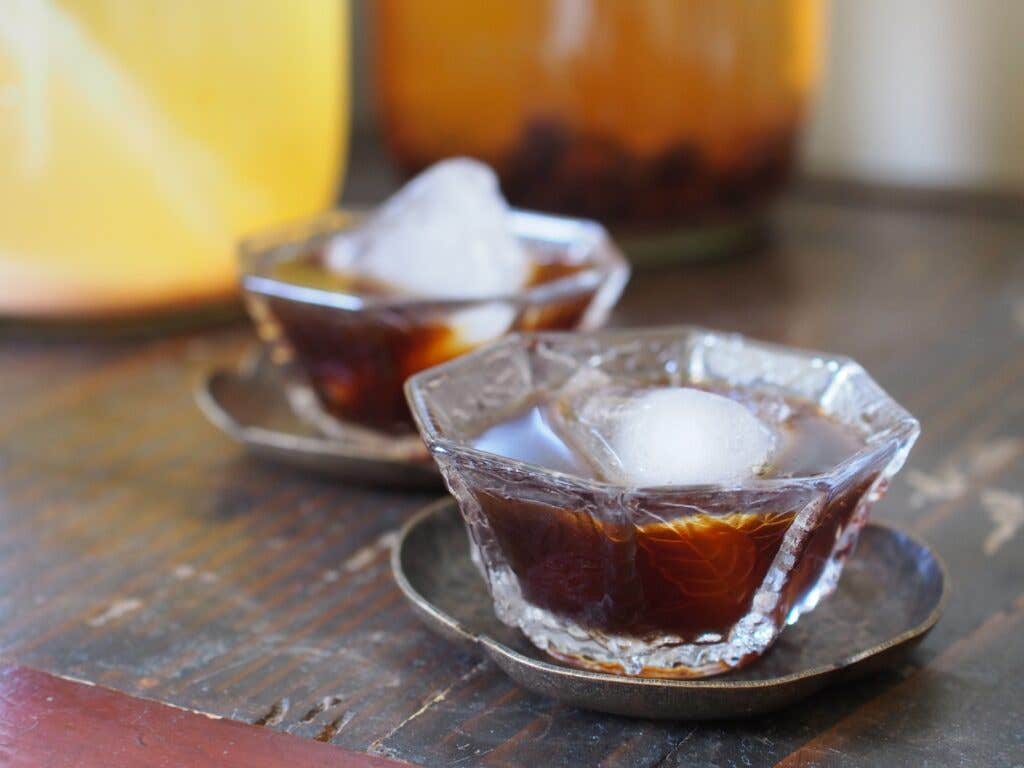
An umbral viscosity settled over the ice like the creep of dusk over the nearby Dazhan mountains. I was sure I had heard Yanggu say vinegar, but the faint scent of sweet plums made me wonder if I had misunderstood. The initial sip was astronomical, in the celestial sense of the word: Its shock of acidity tilted my head upward and made me see stars. At once bracing and fleeting, the liquid’s fruity twinkles left my tongue slicked with a lingering, almost oily texture. Before I could take a breath, the acidity took over again.
“The complexity of age is difficult to describe, whether in tea, wine, whiskey, or vinegar. These living products transform perishability into the nearly immortal.”
The complexity of age is difficult to describe, whether in tea, wine, whiskey, or vinegar. These living products transform perishability into the nearly immortal. On a scale too small to see (but large enough to smell), microbes, sugars, acids, and a host of phenolic compounds continuously alter these brews long after fermentation and acetification slow to a crawl. Flavors that begin as bitter, cloying, and puckering thicken and evolve into smooth sweetness. Textures and mouthfeel improve. Aromas become complex and enticing. It’s no wonder civilizations all over the world harnessed these bubbling cultures, then aged their results into something even more beguiling.
The earliest recorded fermented beverage is a wine from around 7000 BCE, made from rice, honey, and fruit. Evidence of this brew was discovered in the ruins of Neolithic villages dotting the Yellow River Valley. And wherever wine is in contact with air, there is a chance that it will sour.
Vinegar—the word itself derived from the French vinaigre, meaning “sour wine”—was likely made shortly after. An early written record of vinegar dating back to 3000 BCE describes how Babylonians used an acetic brew as a preserving agent. But residues found in Egyptian urns trace vinegars as far back as 5000 BCE. And Chinese texts like the Rites of Zhou from around 200 BCE detail the alchemic use of vinegar to create medicinal elixirs as far back as 1000 BCE.
Aged vinegars, which are often sweet and smooth enough to drink, are similarly far-reaching, but far more dear, wherever they’re found. Perhaps the most famous example is Italy’s aceto balsamico, made from grape must and traditionally aged over the course of decades in a series of wooden barrels. Black vinegars made from grains have been aged in clay jars in China and Japan as far back as 3000 BCE; these are widely used in cooking and are also occasionally drunk as a digestif. In Taiwan, the local cuisine is inseparable from the influence of its many past occupiers, and it is likely that aged vinegar was introduced to the island by one of them.
“As a child, I never had this kind of vinegar. We didn’t really have vinegars at all,” says Mr. Cai, puckering his lips. The Taiwanese-born businessman grew up in the countryside, but spent much of his life in France, where he experienced culinary vinegars for the first time. Zoe, a native of Taiwan and fellow lover of Taiwan’s tea culture, notes the parallels between the two beverages: “Aged vinegar is a bit [more] of a northern Chinese thing. They cooked and ate things like dumplings with [black] vinegar but never in my family or my friends’ families growing up.” Chinese teas was initially brought to the island by Portuguese traders in the 1600s; modern fruit vinegars were most likely an import from the Japanese occupation.
“[Vinegars] were probably brought over from Japan over a hundred years ago,” speculates Mr. Lao, a fourth-generation vinegar maker in the south of Taiwan. Lao, now retired, produced both malt and vinegars, which he aged in large clay jars preserved from previous generations. His fruit vinegars took much longer to age than the malt varieties, but to him, the slow process was worth it. “Fruit in Taiwan is so sweet,” he tells me “and the weather is quite good [for aging].” But the aged vinegar sales were modest. “Most people would rather make this at home than go to the store for it.”
Vinegars for Health
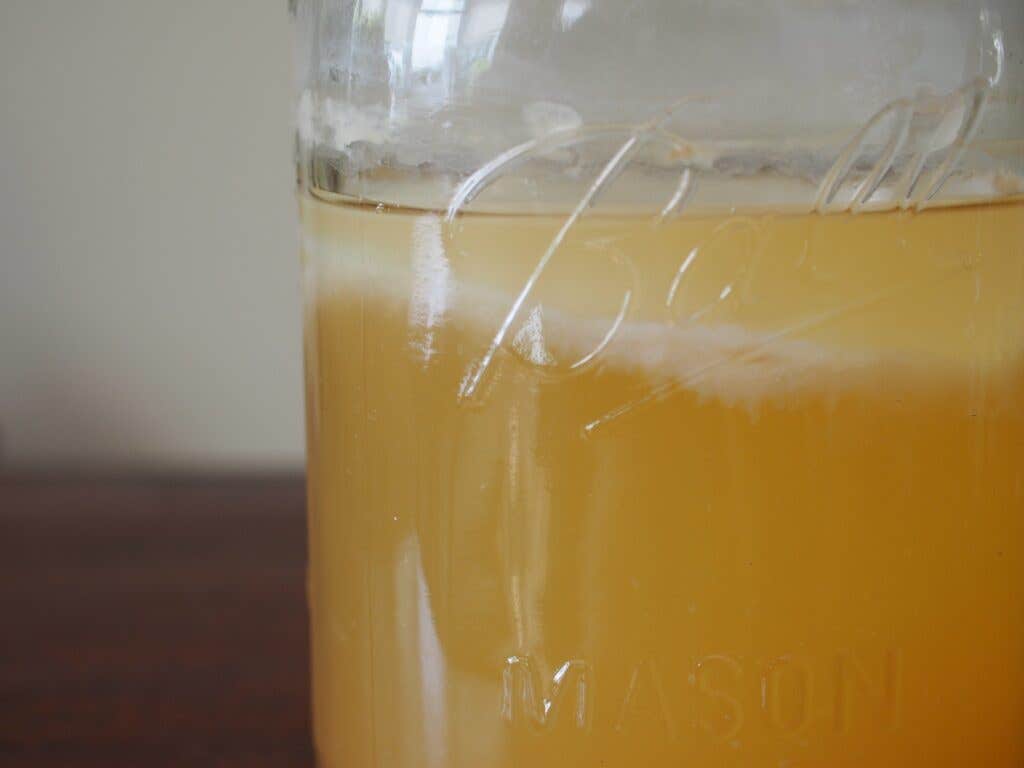
In the mid-20th century, Mr. Lao’s old-school sipping vinegar fell out of vogue. In 1949, China’s nationalist party, led by Chiang Kai-shek, had fled to Taiwan after breaking from the communists. Scarcity followed, and culinary luxuries were few and far between. But after the Chairman’s death in 1975, Taiwan set up a democratic government which ushered in a new era of prosperity. Frugality persisted in the focus on food preservation despite the country’s rapid growth.
But new health trends frequently arose and vinegar makers saw an opportunity. Two distinct vinegars were subsequently distilled into Taiwan’s culinary and medicinal identity—northern Chinese-derived black vinegars like lao chencu became a popular ingredient for cooking, while fruit vinegars, then heavily marketed as a health beverage by companies like Uchibori, Kuze Fuku & Sons, and Shih Chuan in Japan, rose in popularity amongst the Taiwanese. Health-conscious vinegar imbibers still swear by a spoonful for a host of physical benefits, from the regulation of cardiovascular health, to relieving fatigue, to burning calories. “It is said,” my master Yanggu tells me, “that sipping nurtures the stomach.”
Though there’s little conclusive scientific research to support any of these claims, similar beliefs have persisted since at least as far back as the Zhou Dynasty, and microbiologists, studying the effects of gut flora on health, are finally coming around to the idea. But aged vinegars are difficult to find. “Either you make them, or you know a vinegar-maker,” Yanggu sighed as he finished his sip of vinegar. “If it’s [aged] well, the complexity can’t be matched.” He stared at his glass for a brief moment, tilted the ice onto his tongue, and savored the last drops of the tart elixir clinging to the cube.
Third Wave Fruit Vinegar
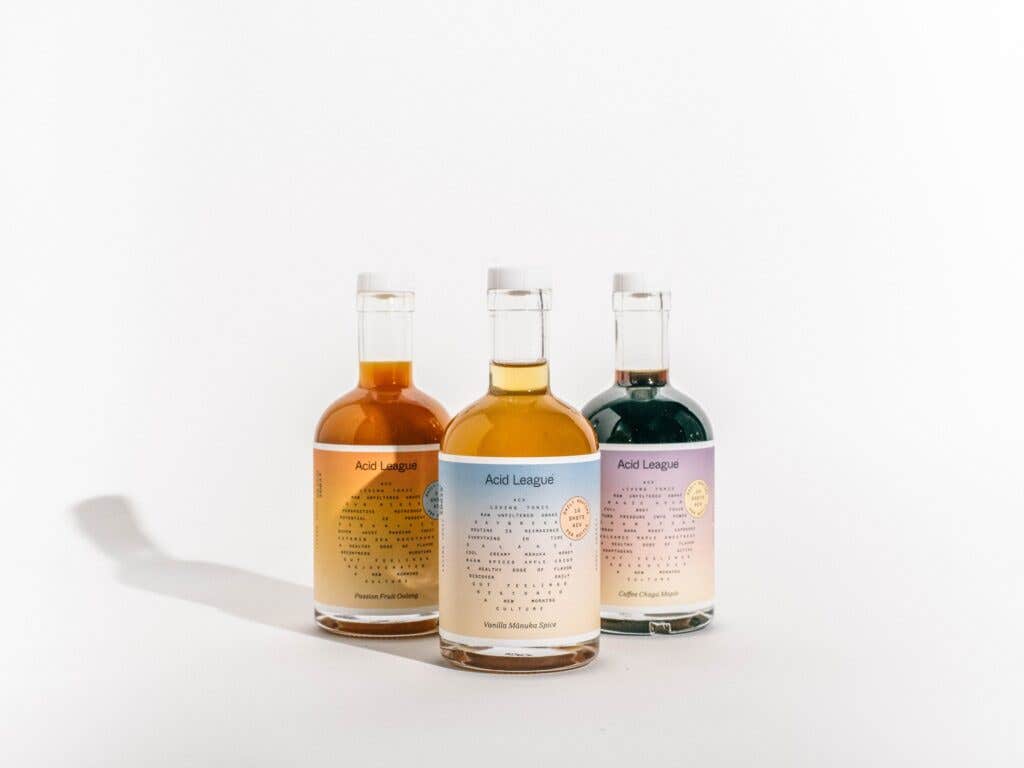
Nowadays, new companies such as Artizn, Brightland, and Acid League are paving the way with new experiments in acid and flavor. Scott Friedmann of Acid League’s new line of “Living Tonics'' promotes a departure from the stabilized, bottled vinegars from industrialized processes. “There’s no question that twenty years of aging has a huge benefit on flavor,” Scott says, “The question from a health perspective is: do many more years of aging improve the health benefits of vinegar, or do you get those on day one?”
Scott’s excitement, like that of so many contemporary vinegar drinkers, focuses instead on fresh fruit and vegetable flavors that can be preserved and accentuated with as few as six months of aging. This new wave aims to change the perception of the often harsh brews from the earlier health-led trends.
But my own renewed infatuation with vinegars began more practically than with a desire for better health or even with an attempt to recreate that first heavenly taste in Taichung. I simply had too many darn mulberries growing, and they were making a right mess of my garden: I decided to make a go of aging my own fruit vinegar at home.
How Do You Make Your Own Fruit Vinegar?
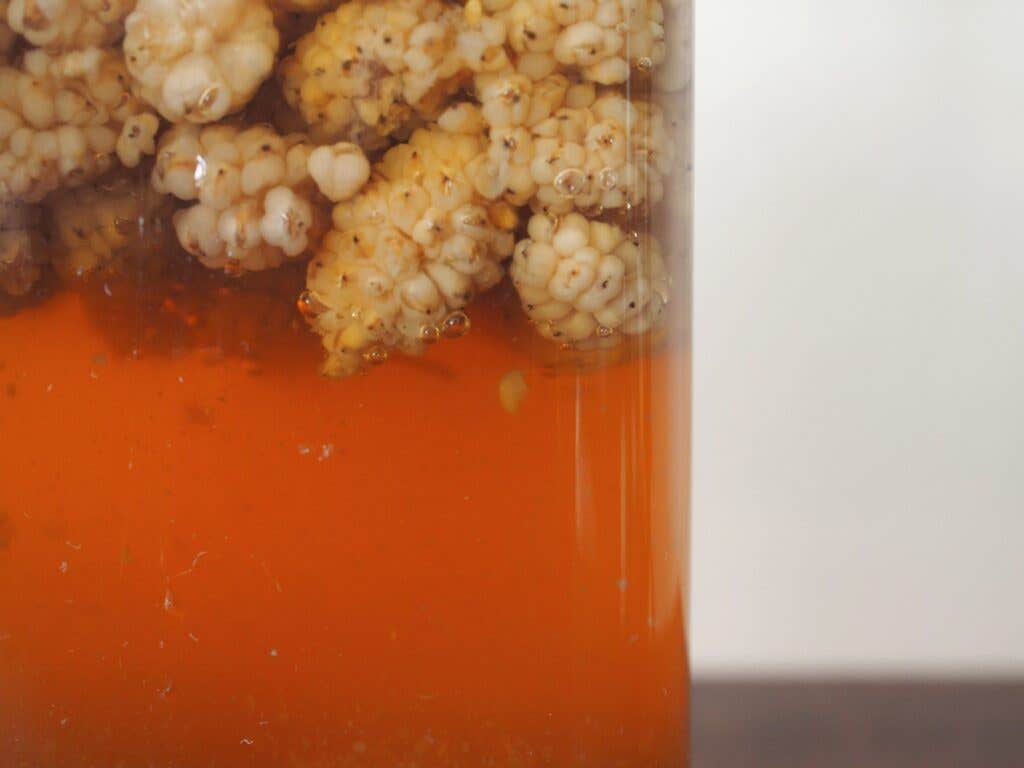
Vinegar is a relationship between sugar, water, and time. The world is full of microbes that just need a nudge to start the process of fermentation. Naturally occurring yeasts begin the process, first by consuming sugars, then by producing carbon dioxide and alcohol. Alcoholic fermentation is largely anaerobic—meaning no oxygen is required—so a clean, sealed environment with a simple airlock is the ideal place to begin fermenting whatever fruit or grain you like.
Eventually the resulting alcohol—with the help of acetic acid bacteria—will transforms into vinegar. This secondary fermentation is aerobic, which necessitates leaving the liquid exposed to air. Remove the airlock, then cover the container with cheesecloth to keep dust and critters out. Once that’s finished, strain your brew into a glass or plastic bottle (or an antique century old jar, though my wallet much prefers glass), cover tightly, and let it age. Large artisan productions often seal their vinegars away in breathable clay jars, but beginners are better off sealing their homemade bottles. Whatever your solution, be sure not to use anything metal as vinegar is corrosive.
Tips for Success
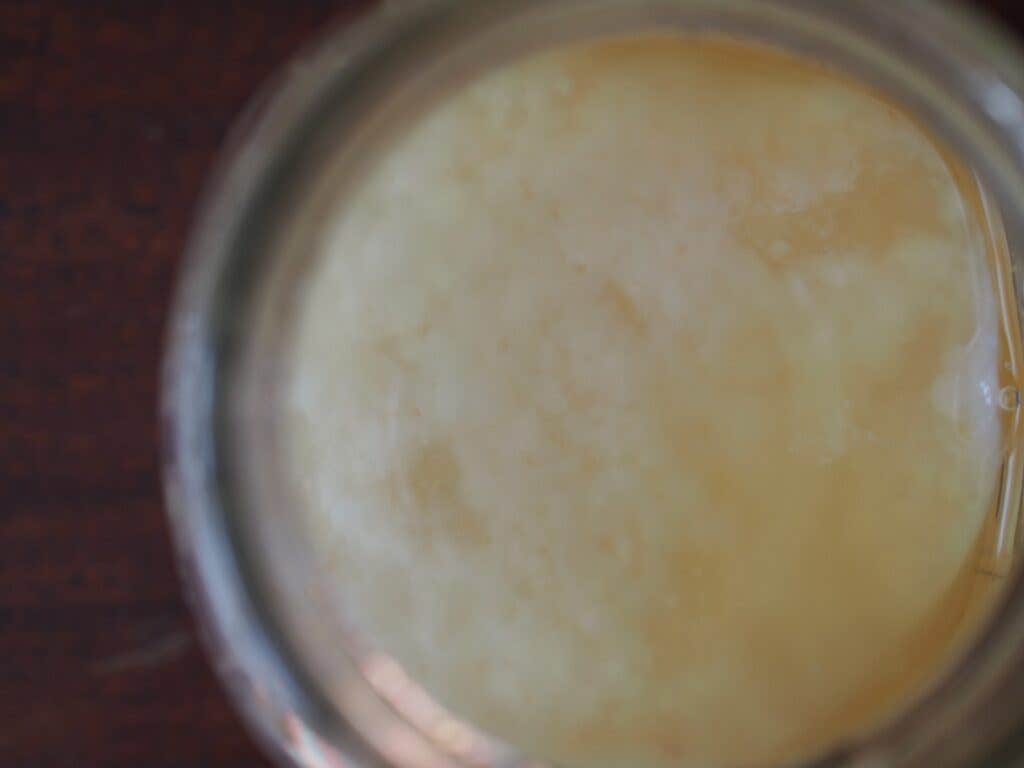
Start Well, End Well.
When aging any food or beverage, your best bet is to start with high quality ingredients. Bad tea ages into, well, more bad tea. Bad fruit ages, on the other hand, into a right mess. Aging is a major time commitment, so don’t waste the process on sub-par product. Fresh, peak-season produce generally has the optimal amount of sugar for proper fermentation, as well as clean and potent flavor of. But that doesn’t mean vinegar-making can’t happen year-round. In the absence of summer’s bounty, dried fruit works great too.
It's Alive!
As your secondary fermentation progresses, a thin, clear, jelly-like film will appear along the surface of your vinegar. This is the beginning of the “mother”—a symbiotic relationship between acetobacter and cellulose. This is where most of the organisms that convert alcohol into vinegar live. It’s helpful to think of the mother as a thriving community. Over time, that community shifts and changes like the seasons. Be aware that the mother is temperature-sensitive; to help her thrive, store your brew at a comfortable room temperature, between 60 to 80 degrees Fahrenheit.
Golly, What’s Growing On Here?
It’s all fun and bubbles until a fungus decides to show up: Sometimes, mold happens. You can get away with some surface mold growing along the surface of your vinegar if it's past its alcohol-making stage and small enough to easily scoop out. (The acetobactors and acidity can kill off the “infection” and soldier on.) But why risk it? If you’re unsure, toss the batch and start again.
Use Your Nose
Your best friend through any fermentation journey is your nose. Humans are surprisingly good at telling when something is spoiled. If your vinegar smells funky or rotten, toss it. It’s not worth the risk. A few weeks into the secondary fermentation, start to smell and taste your vinegar periodically. If your vinegar smells like nail polish, it’s a good indication that there’s not enough air. A smell of acetone means there’s not enough air to turn alcohol into acetic acid. Simply allow more airflow to complete the conversion. It’s also a good idea to pick up some pH test strips. A pH of 2.5-4 (about four percent acidity) indicates that vinegar is shelf stable and ready to be bottled and aged. Over time, the liquid will become sweeter and thicker. As you begin this process with your own batch, take some time to smell the perfume of vinegar in the air, and enjoy this ancient, venerable art of letting go.
Recipe
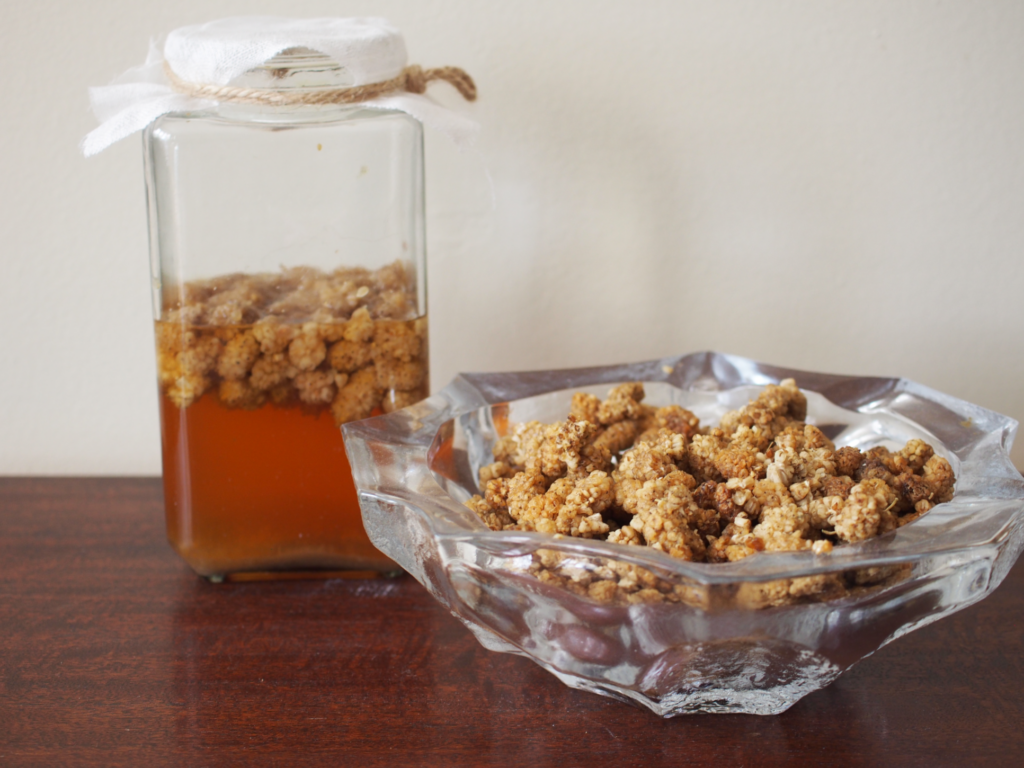
Keep Reading
Continue to Next Story

